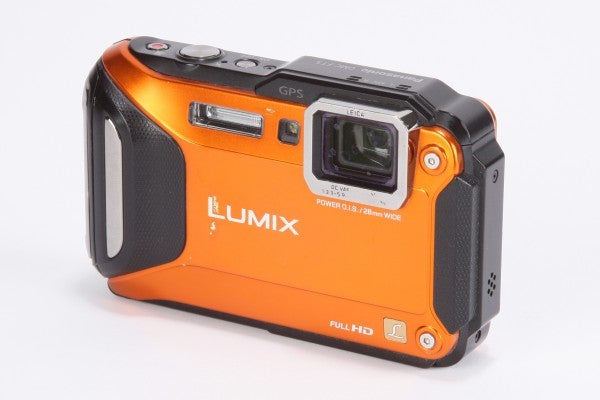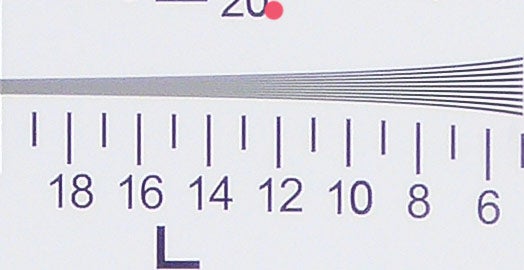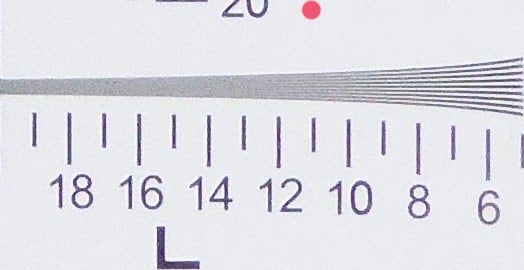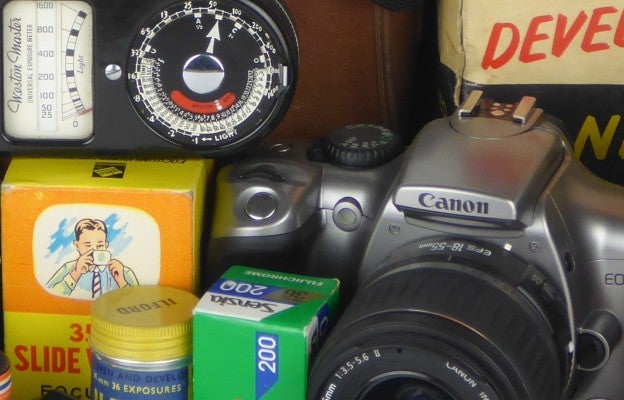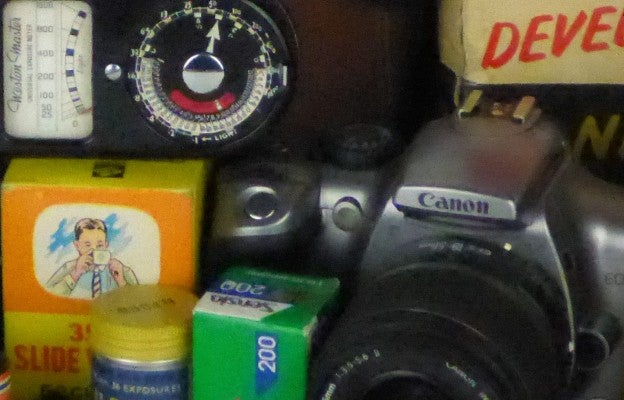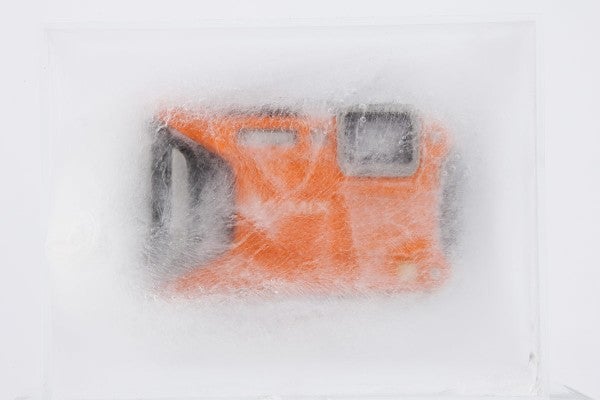We pit six of the finest tough compacts up against one another to establish which is the most durable when they’re subjected to a series of brutal tests
Panasonic Lumix FT5
Key Specs
- Sensor 16.1MP
- Sensor Size 1/2.3in
- Lens: 4.6x optical (28-128mm) f/3.3-5.9
- ISO: 100-3200
- Display: 3in, 460k-dot
- HD Video: Full HD 1920×1080
- Connectivity: Wi-Fi & NFC
- Dimensions: 109.2×67.4×28.9
- Weight: 214g
- Price: £249
The Panasonic Lumix FT5 is the oldest model in this sextet. It employs a 16MP sensor, which provides a wide ISO range of 100-6400 like the TG-4, while its 4.6x optical zoom is equivalent to 28-128mm with a variable aperture of f/3.3-5.9. Like the AW130, the FT5 integrates Wi-fi and Near Field Communication (NFC) technology.
The latter enables users to transmit images quickly to an NFC-enabled device by touching two devices together. Capable of shooting a full resolution burst at up to 10fps, it also features optical image stabilisation to keep handheld shots free of blur and is shockproof from 2m, freezeproof down to -10°C and waterproof down to 13m.
Like its TG-4, WG-5 and D30 rivals it sports a 3in, 460k-dot screen at the back, but unfortunately it relies on an external mains powered wall charger and doesn’t support USB charging. There’s a double lock to prevent the battery chamber inadvertently being opened and it fires up into operation in a sprightly 2.3 seconds.
See more shots taken with the Panasonic Lumix FT5 in our sample image gallery
Build & Performance
The FT5 is comfortable to hold and operate. The grip at the front has a good profile grip to wrap your fingers around and get a good grasp, while the metal front and back covers give it a good level of protection from shock or accidental knocks and drops. The positioning of the zoom buttons makes zoom operation quick, but the autofocus speed and general response in use isn’t as nippy as the newer and more refined TG-4.
Image Quality
The FT5’s 16MP chip resolves 24 lines per picture height at its base ISO setting much like the D30, AW130. The detail that’s recorded gradually decreases as noise becomes more evident. Crisp detail is recorded between ISO 100-400, but at ISO 800 noise becomes increasingly obvious and you’ll want to try and stay clear of ISO 1600 and 3200.
Underwater Test
The FT5’s underwater results were better than those from the D30 and AW130, however neither the accuracy of the white balance nor the vibrancy of colour is a match for the TG-4 or WG-5. Although our underwater image displayed low saturation, the 10fps burst allowed us to capture many shots in quick succession and later choose which was best.
See more shots taken with the Panasonic Lumix FT5 in our sample image gallery
Freeze Test
The FT5 turned on 54secs after breaking it out of a block of ice. We were able to pre-focus and take a shot a minute later once the on/off button was operational.
Shock Test
Shockproof to 2m, we held the FT5 at arm’s length before dropping it. It endured the test without a hitch and switched on just like it did out of the box.
Panasonic Lumix FT5 – Initial Verdict
Pros – Wi-fi, NFC, strong build quality, startup speed, menu system, ISO range
Cons – No USB charging, underwater images lack vibrancy, screen scratches easily





